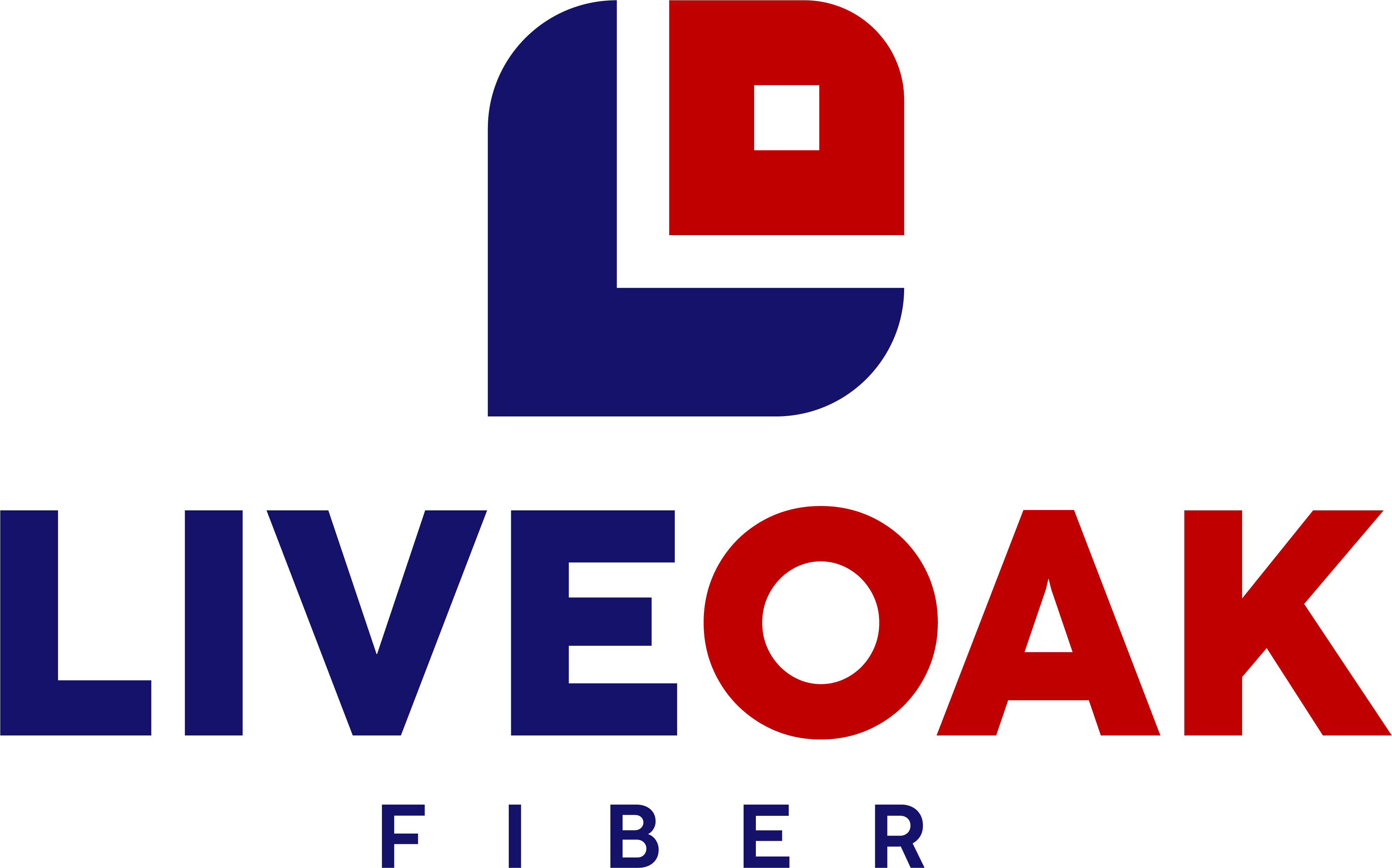Have you ever wondered who really controls what you see and do on the internet? Imagine visiting your favorite website only to watch it load at a crawl—or discovering you need to pay extra to access your go-to apps. These are not hypothetical scenarios; they are at the core of the ongoing debate around net neutrality.
In this blog, we’ll explore what net neutrality is, how it has evolved over time, and what a recent court ruling could mean for your everyday internet experience. We’ll also explain why LiveOak Fiber remains committed to keeping your internet experience fast, fair, and open—regardless of what’s happening at the federal level.
What Is Net Neutrality?
Net neutrality is the principle that all data on the internet should be treated equally. That means your internet service provider (ISP) shouldn’t be able to slow down, block, or prioritize certain content based on what it is, where it comes from, or who’s accessing it.
At its core, net neutrality is about fairness and freedom:
- It ensures everyone—from individuals to small businesses—has equal access to online resources.
- It protects freedom of expression by allowing the free flow of information.
- It prevents ISPs from interfering with or manipulating how people use the internet.
A Brief History of Net Neutrality
Although the concept of net neutrality has been discussed for decades, it didn’t enter U.S. legislation until 2005. It wasn’t until 2015 that major action was taken: broadband internet was reclassified as a public utility under the FCC, allowing for strict enforcement of net neutrality rules. This helped protect users from unfair practices like throttling or content blocking.
However, in 2017, these protections were repealed. Broadband was once again reclassified, limiting the FCC’s authority and leaving ISPs largely to self-regulate. While the FTC could intervene in extreme cases of anti-competitive behavior, the federal net neutrality framework was effectively dismantled.
The 2025 Court Ruling: A Game Changer
On January 2, 2025, the U.S. Court of Appeals for the Sixth Circuit ruled that the FCC does not have the authority to enforce net neutrality rules. This landmark decision essentially closes the door on federal net neutrality protections—unless Congress intervenes with new legislation.
For now, the rules of the road are in the hands of ISPs.
What This Means for You
Without net neutrality, internet users could face a variety of challenges:
- Throttling and content blocking could become more common.
- Pay-to-play models might allow large corporations to pay for faster speeds or better visibility—leaving smaller players behind.
- A tiered internet could emerge, where access to social media, video streaming, or even basic websites requires additional fees.
- Censorship concerns could arise if ISPs start deciding which content gets priority—or which gets blocked entirely.
Even more troubling is the potential neglect of rural or underserved areas. With no regulations requiring universal access, some large providers may focus only on the most profitable urban markets, leaving entire communities behind.
LiveOak Fiber’s Commitment to an Open Internet
At LiveOak Fiber, we believe the internet should remain a space of innovation, inclusion, and opportunity. That’s why we don’t block, throttle, or prioritize content—ever.
As a regional provider, we answer to our customers and communities, not corporate shareholders. While others may look for ways to monetize your access or restrict your online experience, we remain committed to providing fast, open, and fair internet for everyone.
The digital landscape may be changing, but our promise stays the same: You deserve the internet the way it was meant to be—a place where everyone has equal access, freedom of expression is protected, and innovation can thrive.
